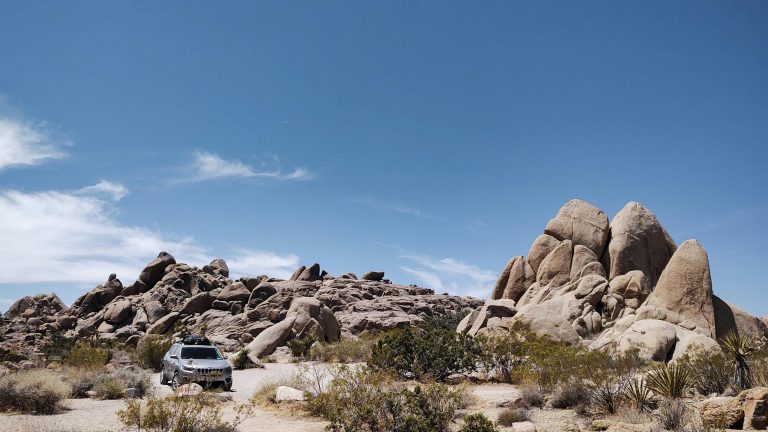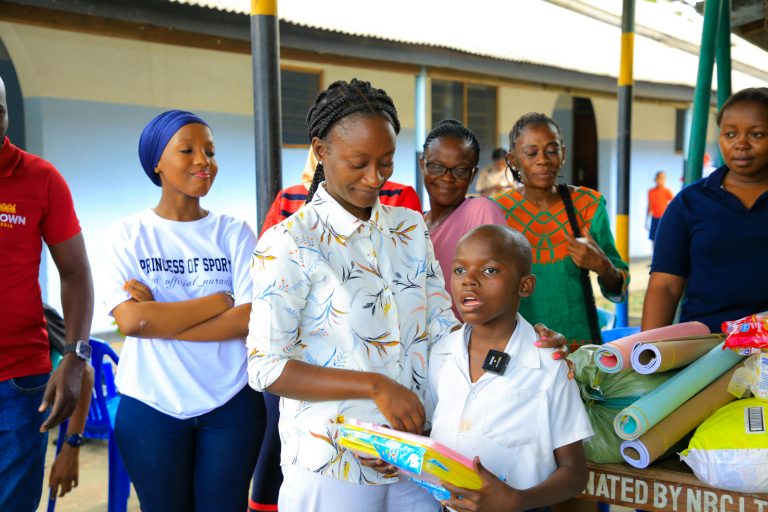In a planet threatened by immediate environmental crises increasing temperatures, tree-cutting, extinction of species, and plastic-laden oceans volunteering for conservation is a meaningful act of giving back. It’s not just about giving a helping hand; it’s about belonging to something greater: saving the planet while being immersed in the diversity of other cultures, ecosystems, and communities.
Whether you are a gap-year student, a mid-career-break traveler seeking purpose, or a retiree willing to make a difference, conservation volunteering allows any person of any age and background to connect with nature, support communities, and become a global planetary steward of the world.
What Is Conservation Volunteering?
Conservation volunteering entails giving your time, energy, and talent to create a better tomorrow for the natural environment. The work can range from safeguarding endangered species and beach clean-ups to tree planting, assistance in environmental studies, and educating communities on sustainable practices.
Common Types of Work:
- Wildlife protection and habitat restoration
- Marine conservation and beach clean-ups
- Forest protection and sustainable forest use
- Community conservation and environmental education
- Research and data collection in aid of sustainable science initiatives
Why Volunteer for Conservation?
- Make a Global Difference: Your volunteering directly contributes to addressing the world’s pressing environmental problems. From coral reef conservation to elephant monitoring, your efforts have a lasting legacy.
- Gain Useful Skills: You can gain real-world skills in biodiversity monitoring, GIS mapping, permaculture farming, or marine biology all useful for a career in ecology, education, tourism, and sustainability.
- Go Green Around the World: Volunteering takes you to some of the most stunning locations on the planet—around Amazon rainforests and Southeast Asian coral reefs. You’ll be journeying with a difference, typically off the tourist path.
- Promote Cross-Cultural Relationships: Collaborating with overseas volunteers and local communities creates global friendships and cross-cultural understanding.
- Enhance Your Resume: Universities and employers value work-relevant skills, especially those that are exportable internationally, such as conservation and sustainable development.
Types of Conservation Projects
- Wildlife Conservation: Participate in saving endangered species through rescue, rehabilitation, anti-poaching, and population counts. Examples: elephant refuges in Thailand, conservation of big cats in Namibia, sea turtle hatcheries in Costa Rica.
- Marine Conservation: Be involved in coral reef restoration, underwater counts, mangrove nurseries, and beach cleaning. Best suited for scuba divers and ocean lovers. Hot spots: Australia’s Great Barrier Reef, Indonesia, and Belize.
- Reforestation and Ecosystem Restoration: Support reforestation of forest cover and rehabilitation of degraded land to combat climate change and soil erosion. Programs are being implemented in the Amazon Basin, East Africa, and Southeast Asia.
- Environmental Education at Community Level: Participate with schools and communities to promote recycling, climate awareness, and sustainable living. These initiatives empower the locals to protect their surroundings.
- Sustainable Agriculture and Permaculture: Promote environmentally sustainable agricultural practices that conserve resources, increase biodiversity, and provide food security for rural communities.
Best World Locations for Conservation Volunteering
- Costa Rica: Beautiful and biodiverse, this Central American gem offers cloud forest reforestation and sea turtle conservation initiatives.
- South Africa: Offers big game tracking, wildlife rehab, and marine conservation along its breathtaking coastline.
- Thailand: Elephant rescue camps, marine parks, and jungle reforestation draw eco-volunteers year-round.
- Madagascar: Fragile ecosystems and special species define this island haven for lemur conservation and coral research.
- Greece: Location of dolphin and sea turtle projects in the Mediterranean Sea.
- Peru: Conservation of the Amazon rainforest, wildlife monitoring, and indigenous-led conservation.
- Australia: Coral reef monitoring and sea creature conservation on the Great Barrier Reef.
- Kenya and Tanzania: Participate in wildlife conservation, community projects, and anti-poaching efforts.
- Indonesia (Bali & Borneo): Conservation of mammals through turtle hatcheries, orangutan rescue, and reef rehabilitation.
- Nepal: Himalaya conservation, bird migration monitoring, and mountain village sustainable community development.
What to Look Forward to as a Conservation Volunteer
- Accommodation & Food: Most programs offer eco-lodges, dorms, or homestays. Food is usually included and local food. Living conditions are basic but comfortable and eco-friendly.
- Daily Schedule: Days usually begin early. The work might involve fieldwork, data recording, community education, or building in an eco-friendly way. Free time is used to immerse in culture, go on local outings, or introspection.
- Costs and Fees: The program fees are also quite diverse, typically including accommodation, food, training, and supervision. From $300 to $3,000, depending on the location and program length. Some organizations provide scholarships, discounts, or fundraising opportunities.
- Time Commitment: Programs vary from 1 week to 12 months, but 2–4 weeks is common for the most effective participation. Long-term volunteers get leadership or research assistant jobs.
Choosing a Responsible and Ethical Program
Not all volunteer experiences are created equal. Choose ones that are:
- Community-centered: Contributing and involving local people in planning and benefits
- Conservation-driven: Focused on sustainability and biodiversity, rather than tourist incomes
- Transparent: Clearly defining how funds are spent
- Ethical with animals: Steer clear of programs that use wildlife for selfies or entertainment
- Reputable: With good reviews, clear partnerships, and clear reporting
Trusted Platforms and Organizations:
- GVI (Global Vision International)
- Projects Abroad
- Worldpackers
- WWOOF (World Wide Opportunities on Organic Farms)
- Plan My Gap Year (PMGY)
- African Impact
- Earthwatch Institute
- Conservation Volunteers International Program (CVIP)
How to Get Started
- Identify your passion: Wildlife? Oceans? Forests? People? Pick what inspires you.
- Set a budget and timeline: Determine how much time you can commit and how much you can spend.
- Study programs: Read reviews, impact reports, and application processes.
- Apply: The majority of programs have online applications and interviews.
- Prepare to travel: Learn about visa requirements, vaccinations, travel insurance, and essentials in your bag.
- Make a difference: Arrive with an open heart, a willing hand, and a commitment to sustainability.
Conservation volunteering is very likely the best kind of travel. It turns tourism on its head making it a two-way experience where you don’t simply take but give. You’ll return home with more than memories: new skills, global friends, and a feeling of having made a positive impact upon our world.
In a time when every step matters, conservation volunteering is a call to action for those who want to stand up for the planet not on a keyboard, but with their own two hands.







Leave a Comment